I am trying to understand the working of this Darlington transistor array. I am using it for inductive loads and for driving the loads of my relays, but now I am trying to understand the part of its ability to drive high loads.
What for the high current drive is needed, if the use of the load driving is just to have a current path and to energize the inductor by the COM supply?
For my relays (min switching power 5V, 100mA,) I am using AC/DC power adaptor + buck converter, so the output power is around 5V, 3A load.

simulate this circuit – Schematic created using CircuitLab